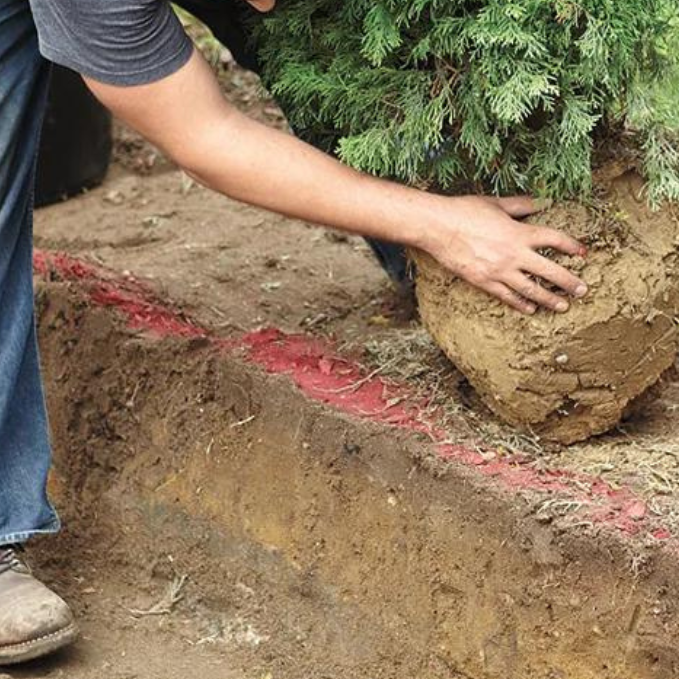Hedges are an excellent way to create a private and sheltered space in your garden. Hedges offer a natural solution to boundary or privacy issues and provide shelter and food for wildlife. They can be planted any time of the year, but autumn and winter are the best seasons to do so, as the roots of the plants will be dormant.
Here's how to plant a hedge in 4 easy steps!










